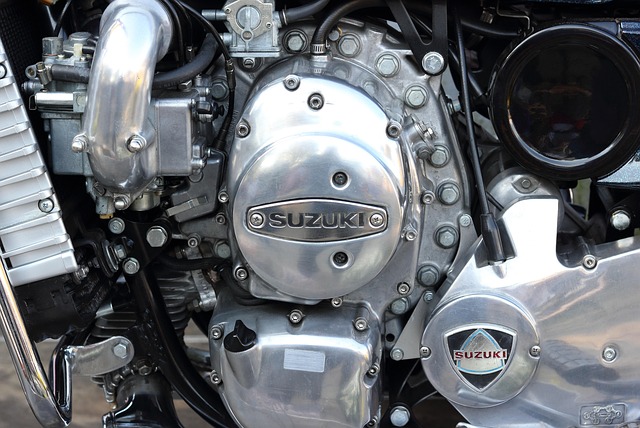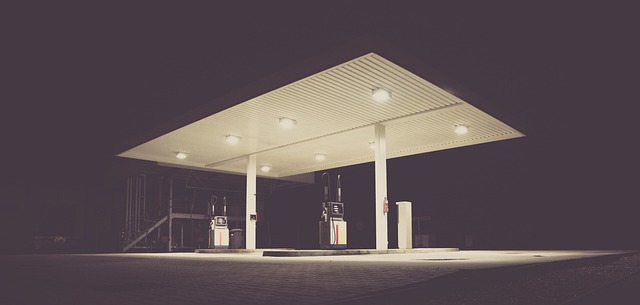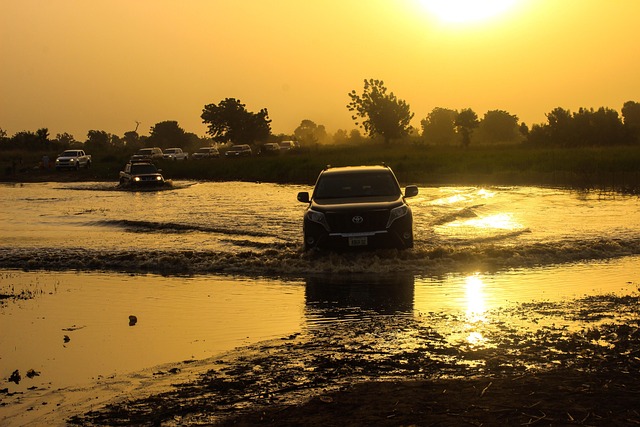
The Shifting Landscape of Automotive Customer Demands
In the dynamic world of automotive retail, staying ahead of customer demands is more crucial than ever. As we navigate through changing preferences and market conditions, there are several trends shaping how customers buy vehicles today. This article explores the current automotive trends that dealerships should keep in mind to better serve their clientele and thrive in this competitive landscape. 🚗
1. The SUV Surge
One of the most noticeable shifts in recent years has been the growing demand for SUVs. Customers are increasingly favoring these versatile vehicles over traditional sedans. This trend is not just a fleeting moment; it reflects a broader lifestyle change where practicality and space take precedence. Families, adventurers, and even city dwellers are drawn to the spacious interiors and enhanced safety features that SUVs offer.
2. Declining Brand Loyalty
Another significant trend is the decline in brand loyalty among consumers. In the past, many buyers would stick to a single brand when purchasing a new vehicle. However, with the abundance of options available today, customers are more willing to explore different brands and models. This shift presents both challenges and opportunities for dealerships. They must work harder to build relationships and trust with potential buyers, ensuring that they stand out in a crowded market.
3. The Rise of Online Shopping
The pandemic accelerated the move towards online shopping, and this trend continues to influence customer behavior. Many buyers prefer to research and even complete their vehicle purchases online. Dealerships that embrace digital tools and offer seamless online experiences are likely to attract more customers. Providing detailed information, virtual tours, and even online financing options can significantly enhance the buying experience.
4. Emphasis on Sustainability
As environmental concerns grow, more consumers are considering the sustainability of their vehicle choices. Electric vehicles (EVs) and hybrids are gaining traction, and buyers are increasingly interested in the environmental impact of their purchases. Dealerships should be prepared to educate customers about the benefits of these vehicles, including potential savings on fuel and maintenance, as well as tax incentives.
5. The Importance of Customer Retention
Finally, retaining customers has become a top priority for dealerships. With the changing landscape, it’s essential to not only attract new buyers but also keep existing ones engaged. Implementing loyalty programs, providing exceptional service, and maintaining communication can help foster long-term relationships. Happy customers are more likely to return for their next vehicle purchase and recommend the dealership to others. 🌟
Conclusion
As the automotive industry continues to evolve, understanding these trends is vital for dealerships aiming to meet customer demands effectively. By focusing on the growing SUV market, adapting to changing brand loyalties, enhancing online shopping experiences, promoting sustainability, and prioritizing customer retention, dealerships can position themselves for success in this ever-changing environment. Staying attuned to these trends will not only help in navigating challenges but also in seizing opportunities for growth and customer satisfaction.

















 DLS Series: A Deep Dive into Premium Car Audio
DLS Series: A Deep Dive into Premium Car Audio 
 Health
Health  Fitness
Fitness  Lifestyle
Lifestyle  Tech
Tech  Travel
Travel  Food
Food  Education
Education  Parenting
Parenting  Career & Work
Career & Work  Hobbies
Hobbies  Wellness
Wellness  Beauty
Beauty  Cars
Cars  Art
Art  Science
Science  Culture
Culture  Books
Books  Music
Music  Movies
Movies  Gaming
Gaming  Sports
Sports  Nature
Nature  Home & Garden
Home & Garden  Business & Finance
Business & Finance  Relationships
Relationships  Pets
Pets  Shopping
Shopping  Mindset & Inspiration
Mindset & Inspiration  Environment
Environment  Gadgets
Gadgets  Politics
Politics 